99 DRAMS OF WHISKEY
99 DRAMS OF WHISKEY

The ACCIDENTAL HEDONIST S
Quest for the Perfect Shot
AND the History of the Drink
KATE HOPKINS
ST. MARTINS PRESS  NEW YORK
NEW YORK
99 DRAMS OF WHISKEY . Copyright 2009 by Kate Hopkins. All rights reserved. Printed in the United States of America. For information, address St. Martins Press, 175 Fifth Avenue, New York, N.Y. 10010.
www.stmartins.com
Book design by Phil Mazzone
Photos courtesy of Glencairn Crystal
Library of Congress Cataloging-in-Publication Data
Hopkins, Kate.
99 drams of whiskey : the accidental hedonists quest for the perfect shot and the history of the drink / Kate Hopkins.1st ed.
p. cm.
Includes bibliographical references.
ISBN-13: 978-0-312-38108-0
ISBN-10: 0-312-38108-5
1. WhiskeyHistory. I. Title. II. Title: Ninety-nine drams of whiskey.
TP605.H67 2009
641.252dc22
2009007174
First Edition: June 2009
10 9 8 7 6 5 4 3 2 1
To Mom and Dad
Contents
Preface
I ts all about the stories .
Whiskey is many things to many people, but at the very root of its popularity lies the story. It could be a tale told at the bar in which the drink plays a supporting role. Perhaps its an anecdote about the drink itself told by a fan of the drink in order to justify his or her fascination with it. Often its the distilleries themselves who promote a story that highlights their tradition, their founders, or even the cat that had once roamed their halls. For example:
During Prohibition, a man by the name of Bill McCoy worked at the Hiram Walker Distillery in Windsor, Ontario. It was Bill who would ensure that his American cousins who came to visit him got only the best whiskey, rather than the bathtub gin that many folks who enjoyed their whiskey had to endure during this period.
Bill acquired a reputation for being honest, the one person in the whiskey industry who would not steer you wrong. His name became synonymous with authenticity, especially with regard to whiskey. To ask for the real McCoy meant that one was looking for real aged whiskey, not the stuff that was colored to look as if it had sat in the cask for several years.
The phrase soon took on a life of its own, and became a way to state that one was not willing to accept anything but the most authentic of products.
Its a cute story. Not overly funny, but clever in a modest way. Most importantly, it sounds as if it could be true.
Its not. The real McCoy has its roots in another whiskey, McKay, out of Scotland. A drappie o the real McKay was the first written reference to the phrase, which comes out of the mid-nineteenth century.
But the fact that the story exists, as well as thousands like it, only adds to the mythology of whiskey. After reading and hearing only a few of these anecdotes, an image starts to appear that is far different from the reality of whiskey. People thrive on the stories, and indeed many companies spend and make millions of dollars propagating them. Take this bit of prose from Glenlivets Web site:
George Smith founded the Glenlivet distillery in 1824 to legitimise the whisky he was already making there. Other distillers built their premises near roads or railways, but George chose the most isolated glen. He understood the savage terrain and spiteful climate and what made them special.
Local smugglers sampled Georges whisky, and knew it would put them out of business. They threatened to burn down his distillery, even to kill him. The Laird of Aberlour gave George a pair of hair-trigger pistols for his protection. He kept them loaded day and night.
Glenlivet was a dangerous place and George had to fire his weapons many times in self-defence. Eventually the smugglers gave up. George Smiths whisky, and pistols, had won the day.
Again, its a cute story. But its likely not 100 percent accurate. The truth isnt the point. Its the legend that demands our attention.
To honor whiskey, Ive decided to approach this book much in the same way that fans of whiskey treat these stories. This is a book for which a fair amount of research has been done. But whiskey works best when one doesnt take it too seriously. You, the reader, will be better served by treating this book as entertainment, rather than as a serious academic work.
In the end, its the story thats important. With whiskey fans, its almost always about the story, at least when they arent drinking the stuff.
Note: There is a turf war of sorts when it comes to the spelling of whiskey. In some areas of the world, its spelled whiskey; in others, whisky. What determines the spelling is often arbitrary, based mostly on tradition rather than any claim to authenticity. I have chosen to use the whiskey spelling throughout most of the book, except in cases where I am speaking to a specific brand or organization that uses whisky in its name.
I chose the whiskey spelling mostly based on the fact that its the preferred American style. Being American, this seemed the best option. Of course, having the worlds best-selling grain spirit go by the whiskey spelling also goes a long way to defending my choice. If my preference is not your own, feel free to vent to me the next time we share a dram at your local hangout, your treat.
PART I
____________________
The Right Side of the Atlantic
1
To Ireland
I am in a surly mood .
One would think that a person who was off to distant lands to drink whiskey, and who was then off to write about the experience of drinking said whiskey, and who would then get paid for the aforementioned writing, would be as excited as a pug whose owner had just come home drenched in the odor of ground steak. And yes, a mere twelve hours ago, I was that thrilled.
But that was before the plane ride from Chicago to Dublin. About five hours into the flight, somewhere around 35,000 feet, and between the time when my aisle buddy started snoring and the child behind me began kicking the back of my seat and then sadistically counting along, I felt my anxiety slowly evolve into something more... menacing. This was never a good place for me to go, and quite frankly, it was only adding to the frustration that was my Happy Travel Fun Day.
I have decided that everyone who claims to like to travel is lying. No one could like this torture, let alone love it. No, what they mean when they say that they like to travel is that they like being somewhere (Point B) that isnt where they spend the majority of their time (Point A). But to get from Point A to Point B and back again requires a long series of frustrating and degrading activities. Whatever romance travel may have once held has now been stripped clean, dipped in an acid bath, and shoved out into the cold, where knowing businessmen point and stare at it, and say in hushed tones to their compatriots, Hey, isnt that the romance of travel? Ive often wondered what happened to it.
Like I said, I am in a surly mood.
As my annoyance swells, I am finding ways to blame anyone for my predicament. I could blame American Airlines, for having the cheapest flight to Ireland. I could blame the mother of the child behind me, who apparently has been born with a supermutant popliteal ligament and a predisposition for pulling wings off butterflies. Or I could blame myself, for not making enough money to afford first-class or chartered flights.



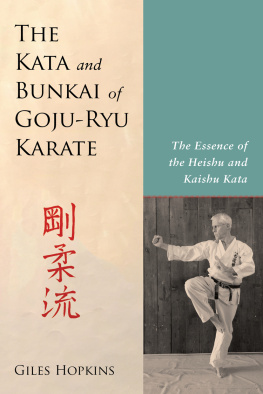
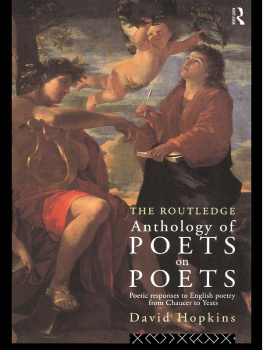
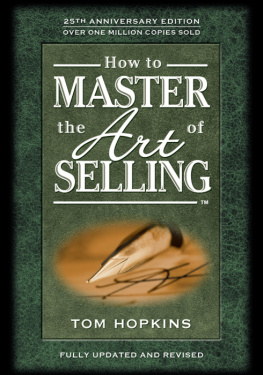
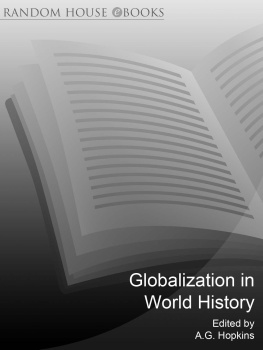
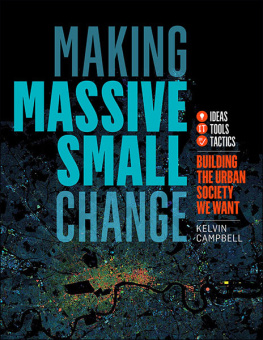
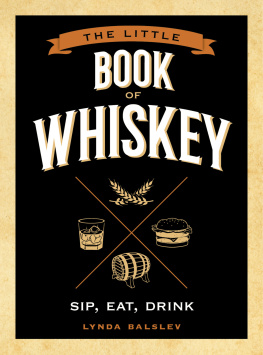
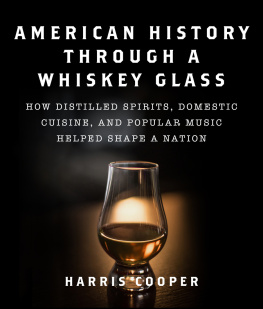
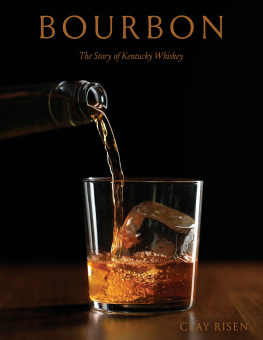
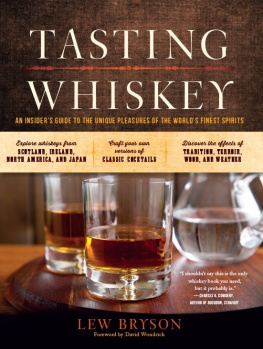
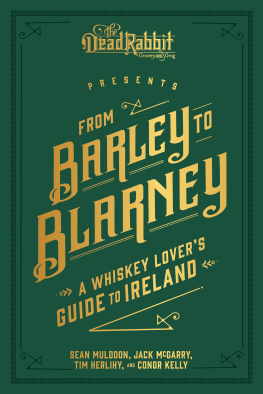
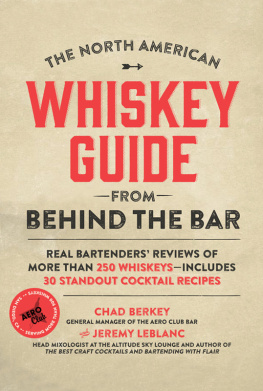
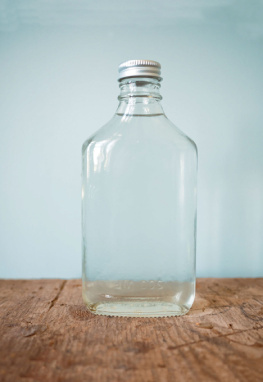
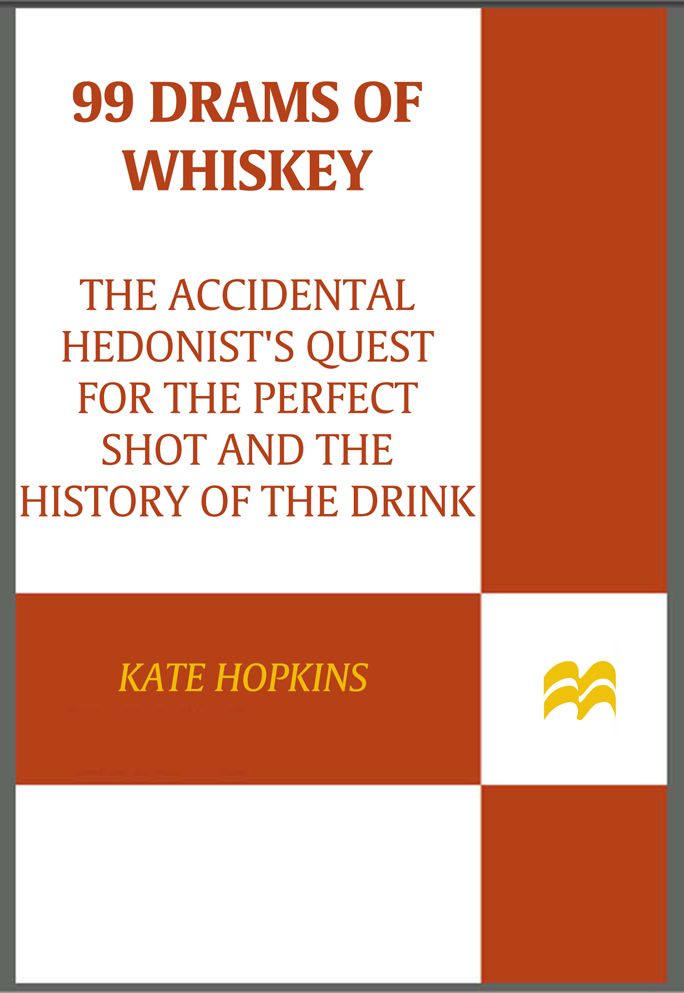

 NEW YORK
NEW YORK